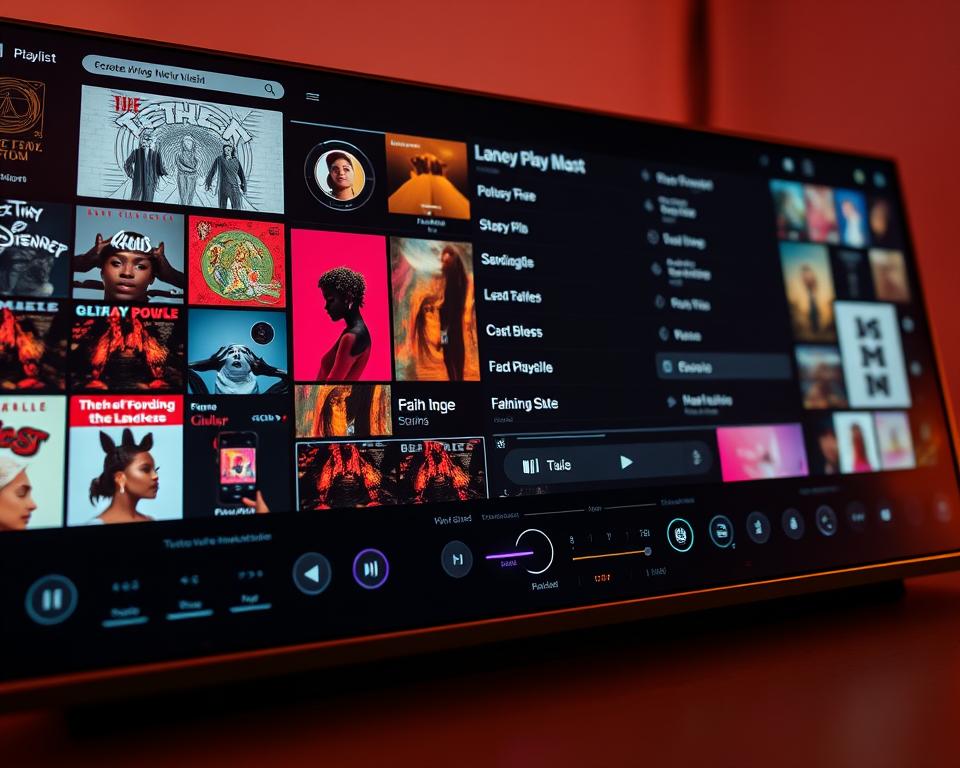Anúncios
Play tips help you make digital entertainment more mindful today. Do you ever wonder if a few small design choices could change how fast you feel confident in a game?
Contemporary culture shows that people stayed resourceful and connected through both analog and digital experiences during disruptions. Good onboarding, clear controls, and a tidy HUD let a new player learn faster and enjoy more. Sound cues also matter; short audio feedback stops doubt and speeds learning.
You will find practical ideas for trying a new game, returning to favorites, or shaping healthy routines. Expect actionable steps on balance, pacing, social connection, and purposeful solo modes. These suggestions aim to be useful, not guaranteed.
Use this guide to set session goals, collect early impressions from friends, and iterate on difficulty so your sessions stay refreshing. If you have health or behavioral concerns, consult a professional to keep play in healthy harmony with your life.
Play tips for better digital entertainment in 2025
When a game teaches actions inside its world, you master mechanics faster and feel more engaged.
Anúncios
Start strong: use a short, playable intro that embeds basic movement and interactions into the narrative. Teach opening doors, throwing objects, or simple timing inside the first minutes so players learn by doing.
Show the controls early with contextual prompts near items or doors. Clear on-screen inputs reduce bounce and make your first minute feel rewarding instead of confusing.
Design the HUD and audio
Choose a diegetic HUD when immersion matters, and switch to extra-diegetic overlays for rapid status checks. Pair visual cues with concise audio for every meaningful action so a player hears success, error, or state change within milliseconds.
Iterate with early feedback
- Share builds quickly with friends and community testers across skill levels.
- Change one element per test to see how progression shifts and where information is missed.
- Stage on-screen cues: icon+verb, then short phrases—this gradual reading improves retention.
Real example: if testers pause at an objective, move the marker closer or add a short sound. Small fixes like this keep momentum and help more players enjoy the experience.
Balance and pacing: protect your time and enjoy steady progression
Set simple boundaries so your leisure fits life. When you plan short sessions, you keep energy for other priorities and return to your hobby feeling refreshed.

Set session goals: small wins beat endless grinds
Pick one clear objective before you start—finish one quest, clear a chapter, or learn a mechanic. That goal gives you a stopping point and a small win.
Choose difficulty and encounter density that match your mood. A deliberate end helps progression feel steady without long, draining grinds.
Use timers and breaks: habits that support focus and health
Try a 45–60 minute window with a visible timer, then pause for five minutes. Turning notifications off keeps your attention focused and reduces interruptions.
- Watch for fatigue signs—rereading prompts or missed cues—and take a short break when they appear.
- Alternate intense and low-intensity activities across sessions to smooth energy and satisfaction.
- Log one short takeaway each session—what you practiced and what to try next—so you build momentum without pressure.
Connect through play: solo, social, and the culture of games
Connecting through games helps you balance solitude and social time with clear goals and small rituals.
Solo modes give you space to practice skills, try strategies, and enjoy autonomy when groups are not available.
Solo modes with purpose: practice skills and enjoy autonomy
You can use solo sessions to sharpen aim, resource planning, or boss patterns at your own pace.
Set a simple challenge like “limited inventory” to increase focus. This keeps the experience low-pressure for the player.
Real example: a short solo run before a group night helps you test mechanics and feel confident.
Play together, apart: resourceful ways to stay social around games
Distance does not end community. Gamers keep connecting with voice calls, asynchronous turns, or co-watching streams.
Use clear house rules: start/stop times, spoiler policies, and respectful chat guidelines. These rules keep information constructive.
Why heavy games attract players: deep reading, decisions, and competence
Heavy games like Gaia Project, Spirit Island, and Gloomhaven reward deep reading and deliberate strategy.
Approach them by reading core concepts first, running a tutorial scenario, and adding modules over time.
You can split rule reading across the group so learning becomes part of the session.
- You can rotate lightweight party titles with longer narrative nights to include different attention spans.
- You can celebrate small rituals—post-session recaps or highlight reels—to strengthen connection.
- You can keep accessibility in mind: subtitles, colorblind modes, and adjustable audio and text.
Conclusion
Adopt one small change per session and observe how it shifts your experience. Use clear controls, fitting HUDs, and quick audio cues to make minutes feel intentional and not confusing.
Set modest goals and take real breaks so sessions end on a positive note and leave you eager to return. Mix solo and social modes to match your energy and schedule without overcommitting.
Use this guide as a checklist: pick one item, test it, and adjust without pressure. These practical tips are a starting point—shape them to fit your life and habits.
If you face personal, technical, or health concerns, consult a relevant professional for tailored advice.



